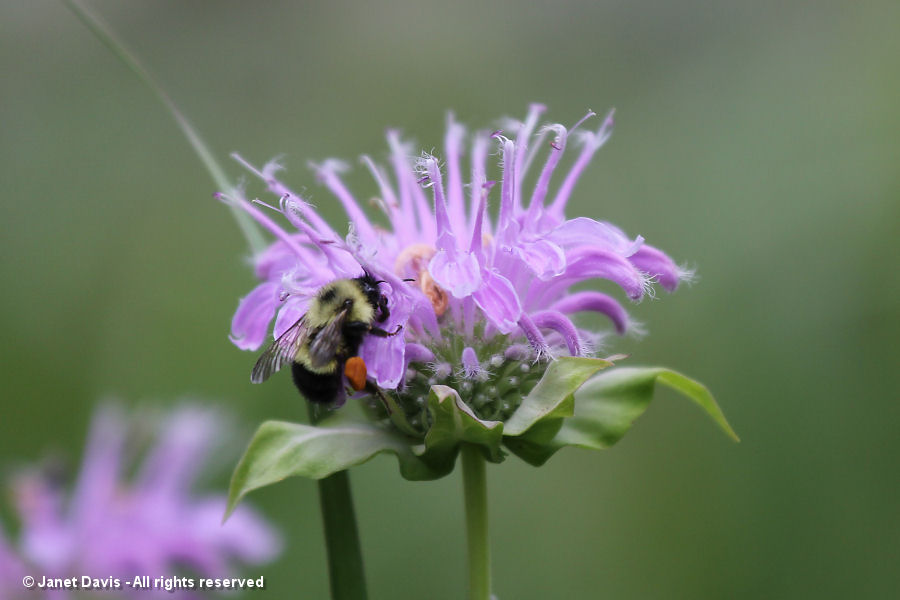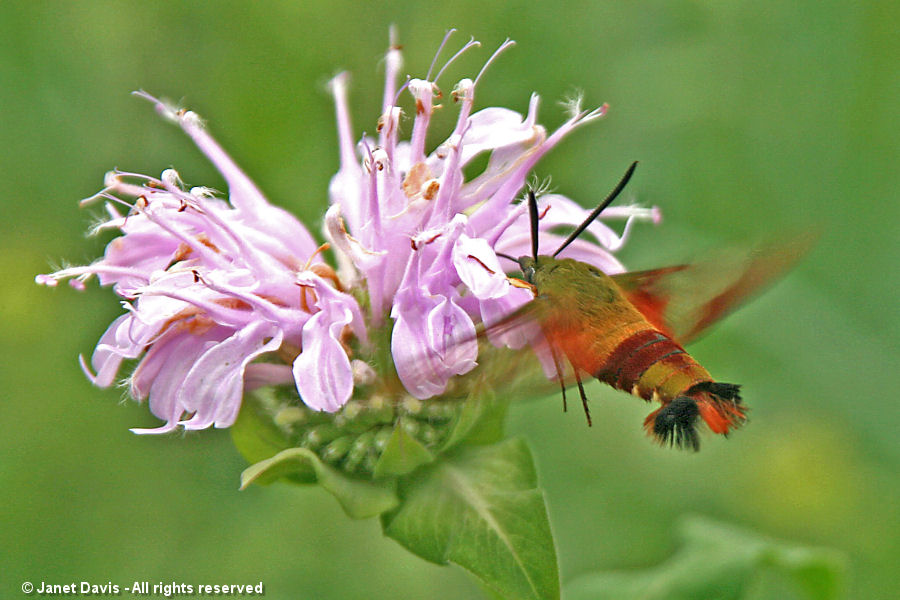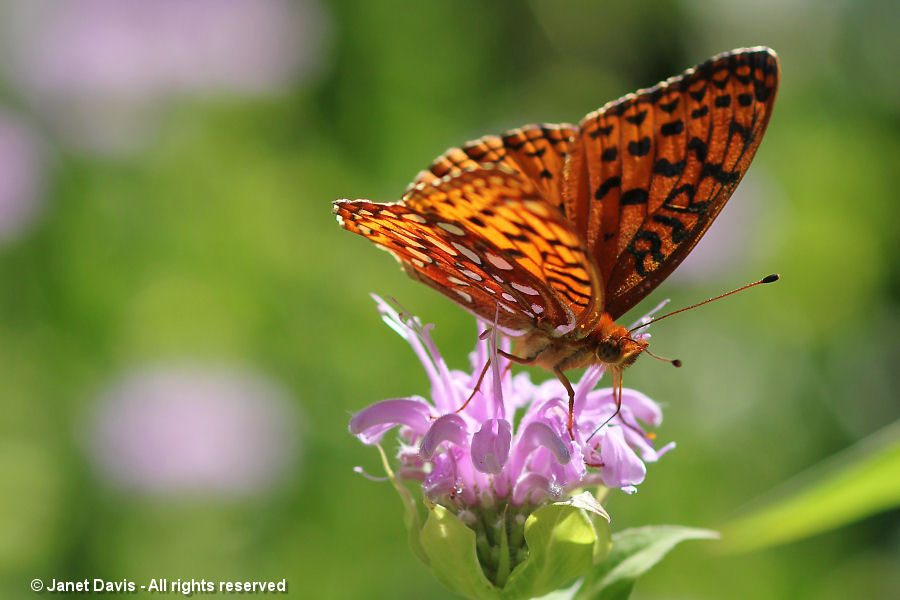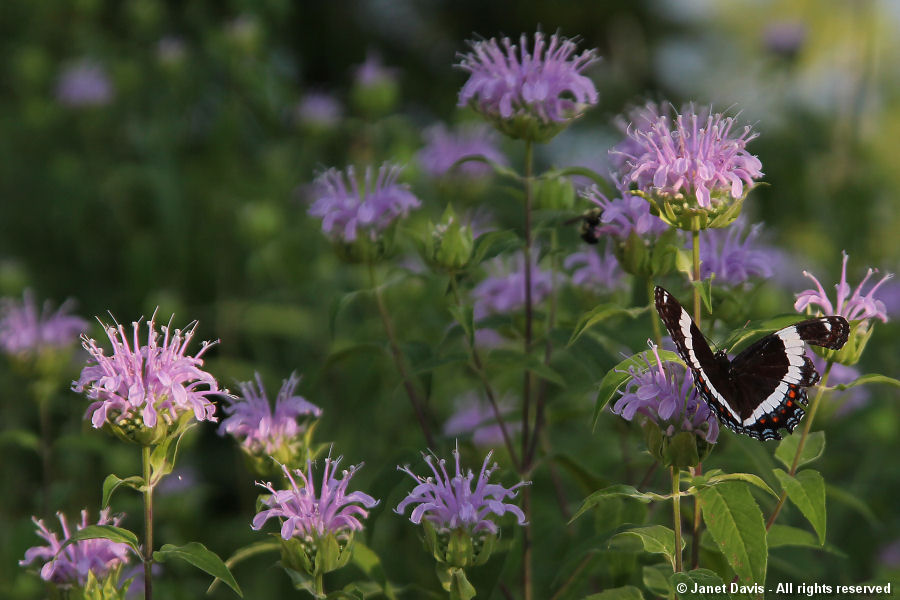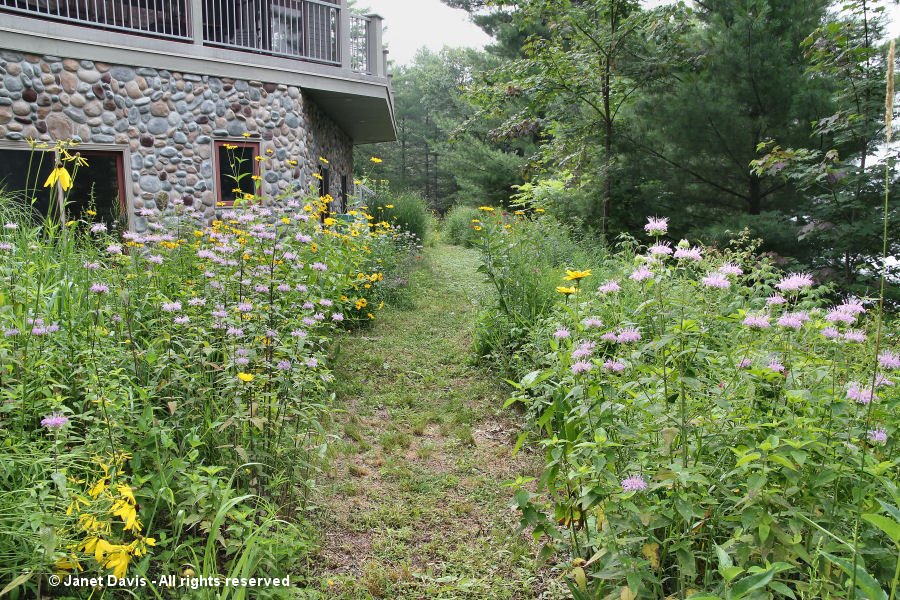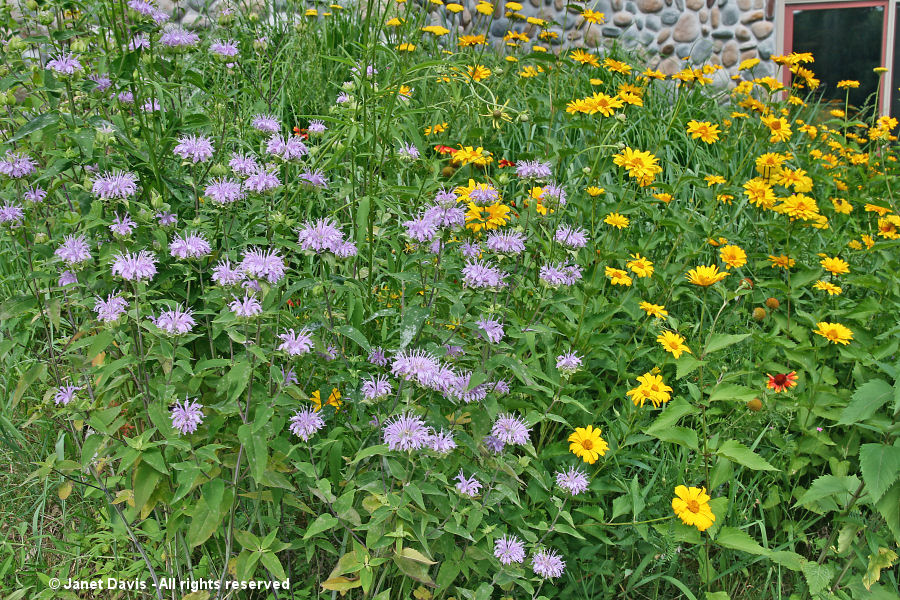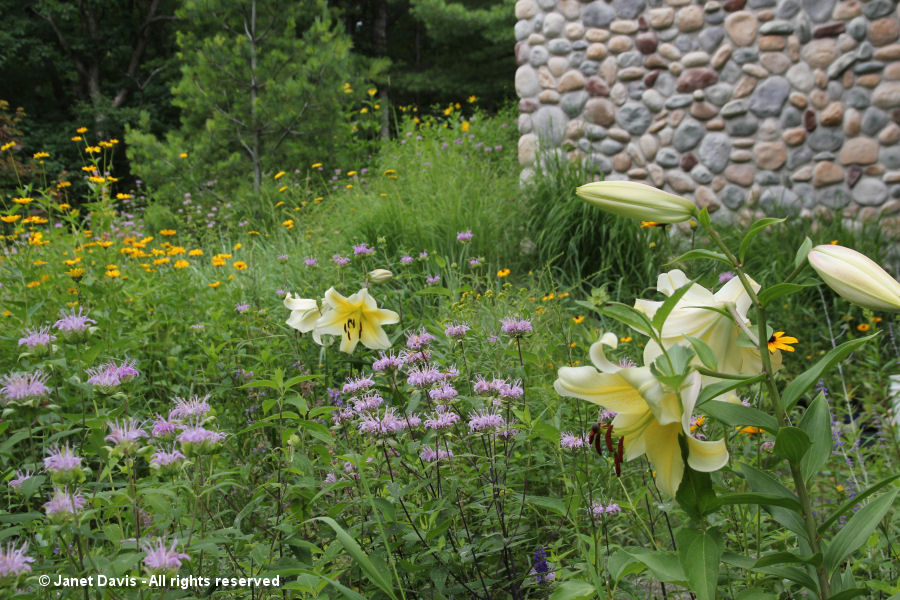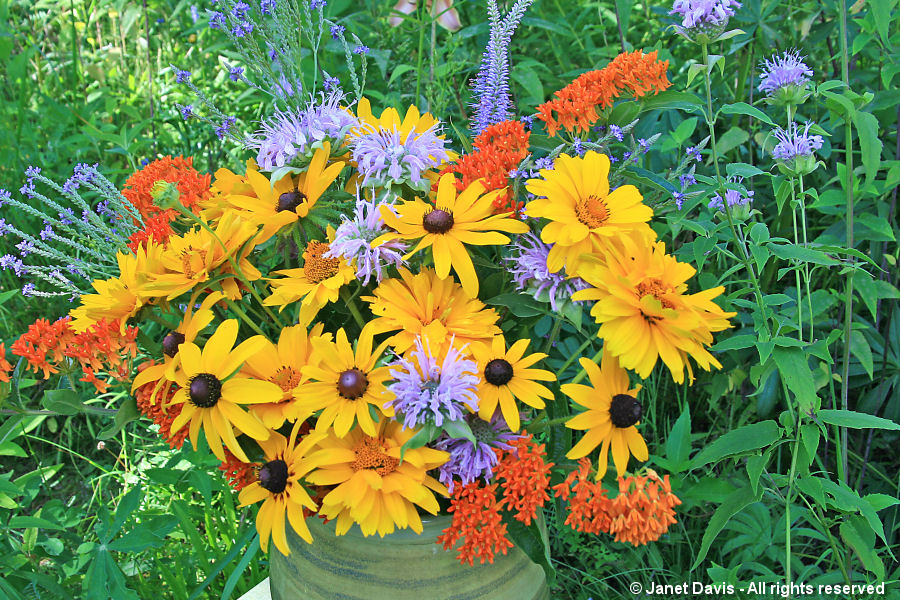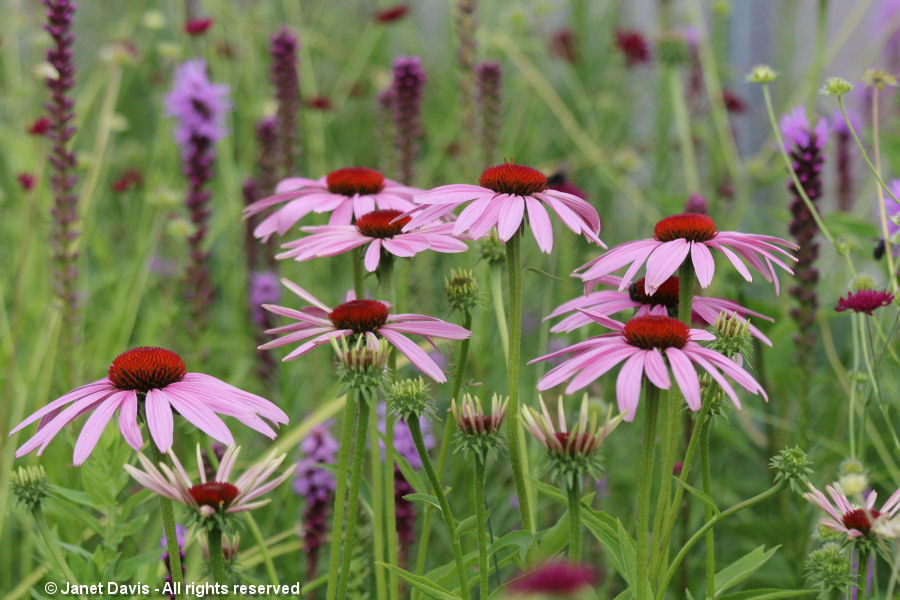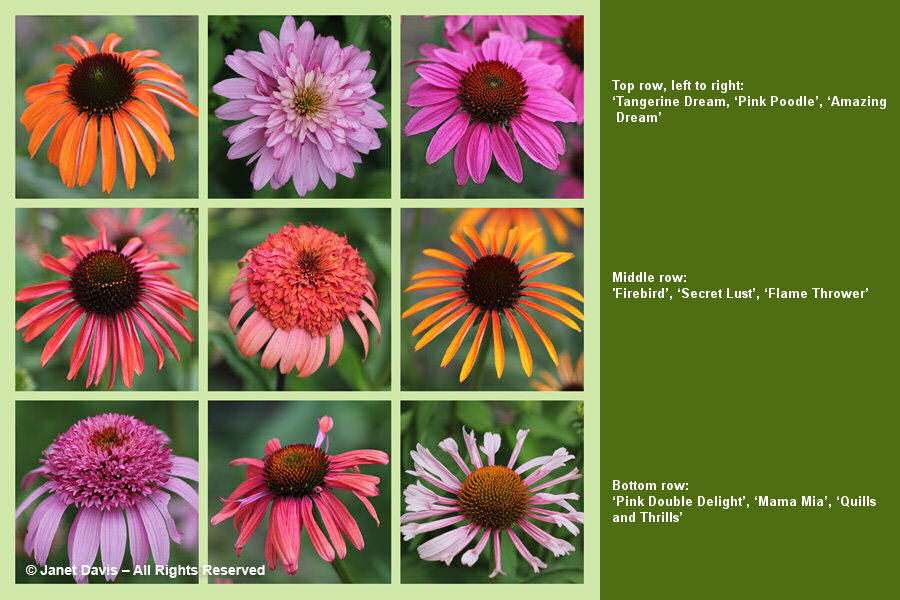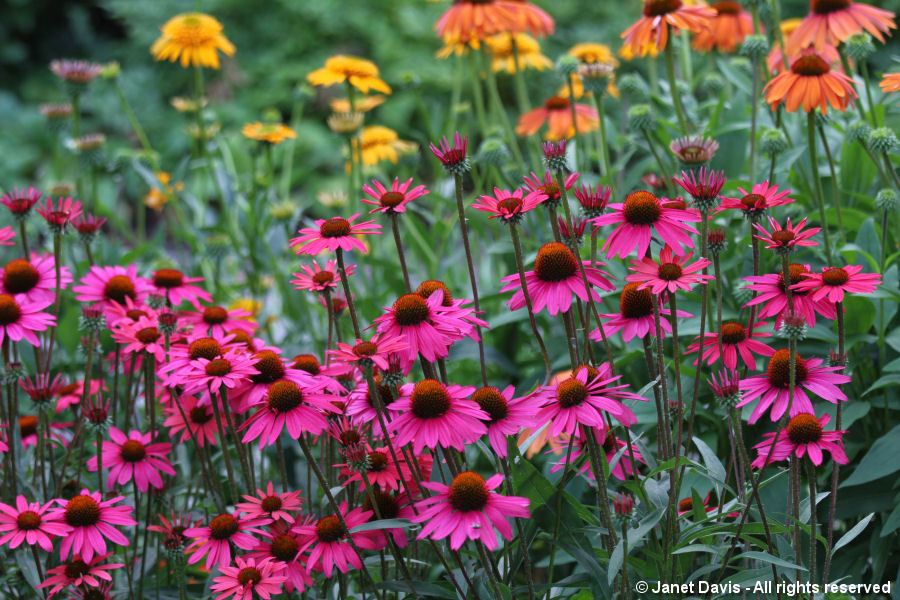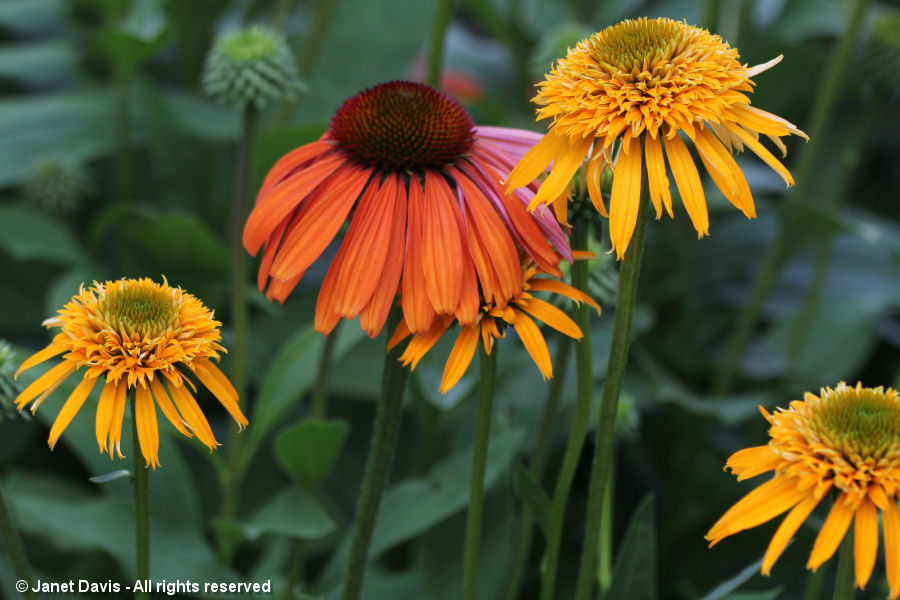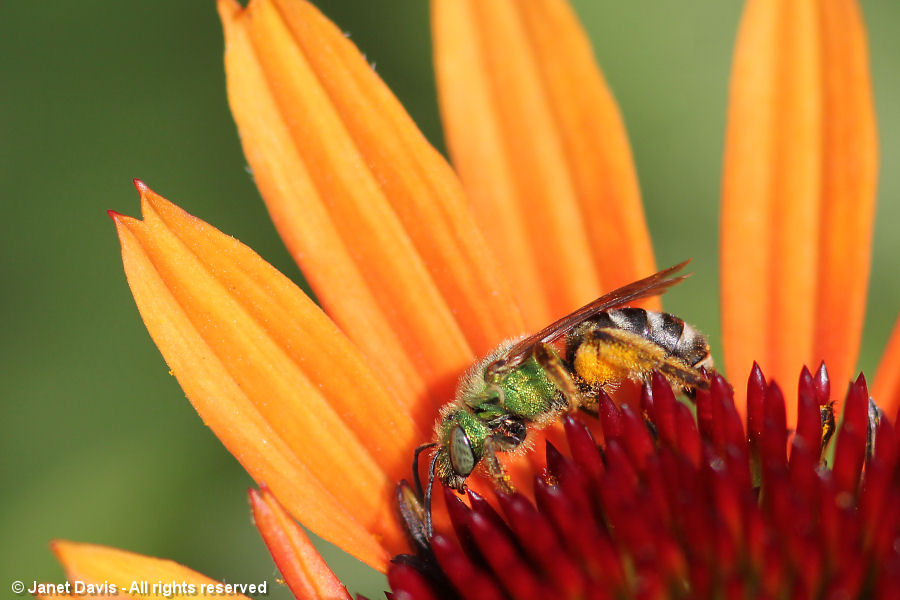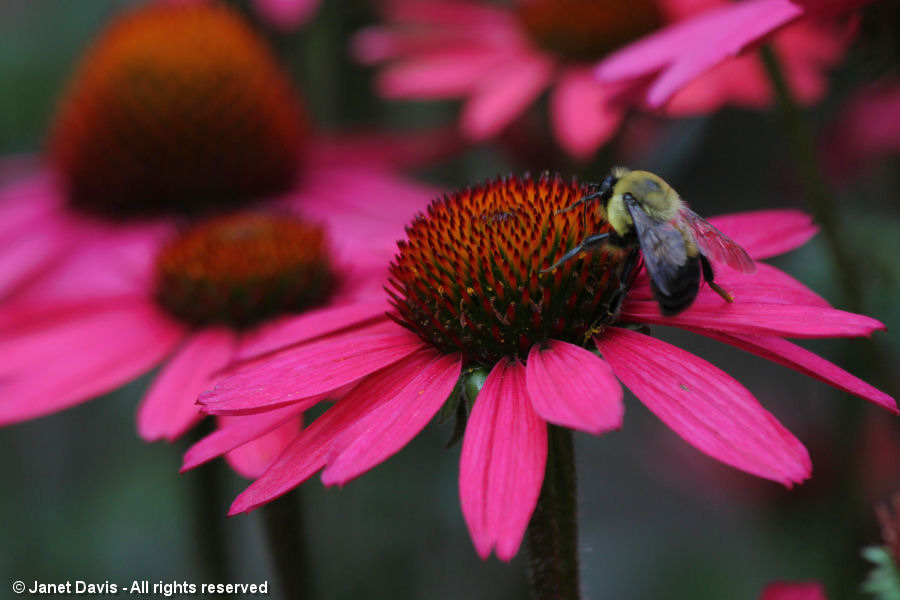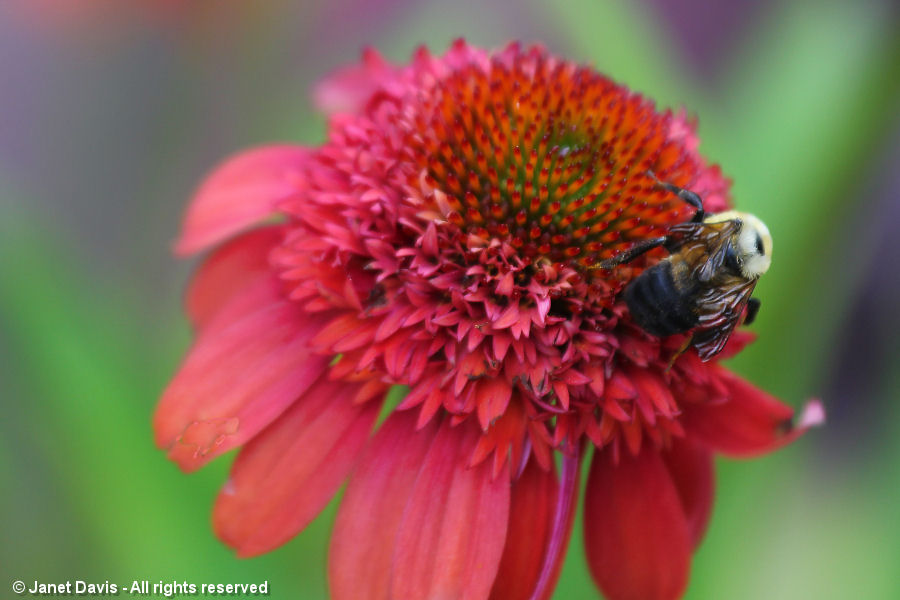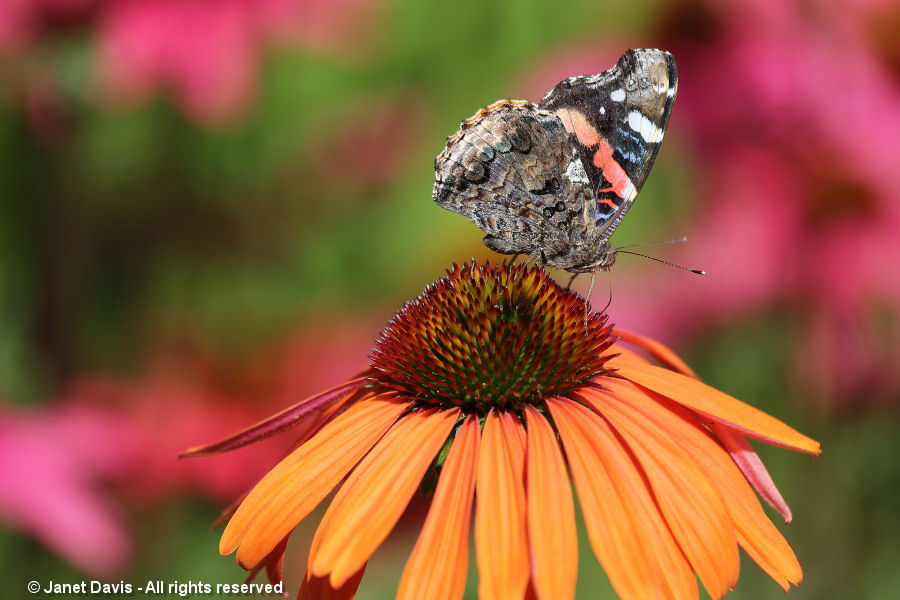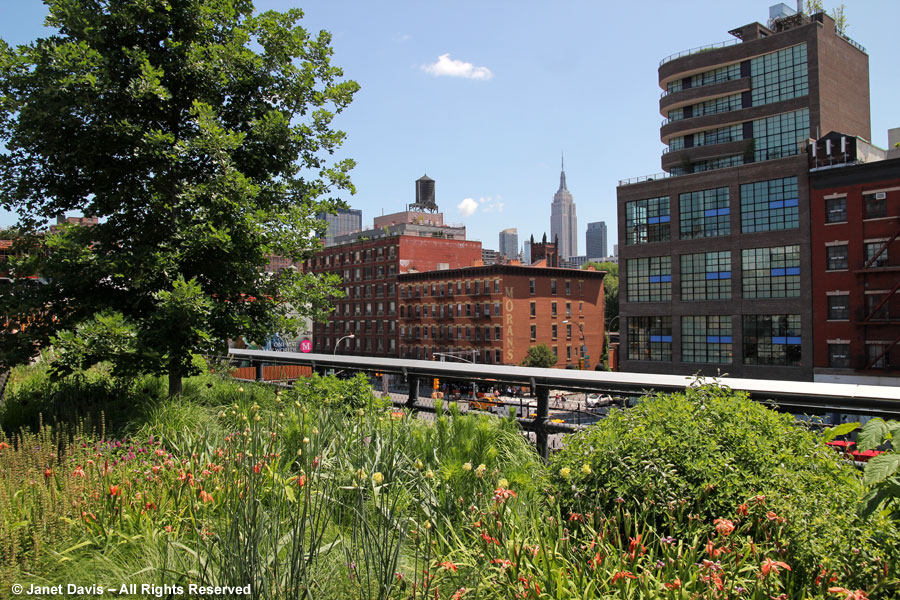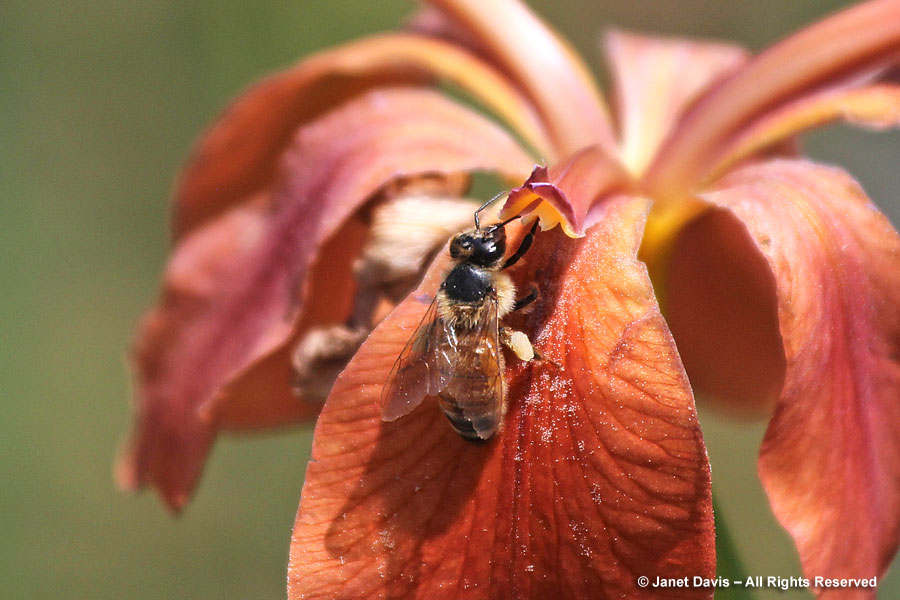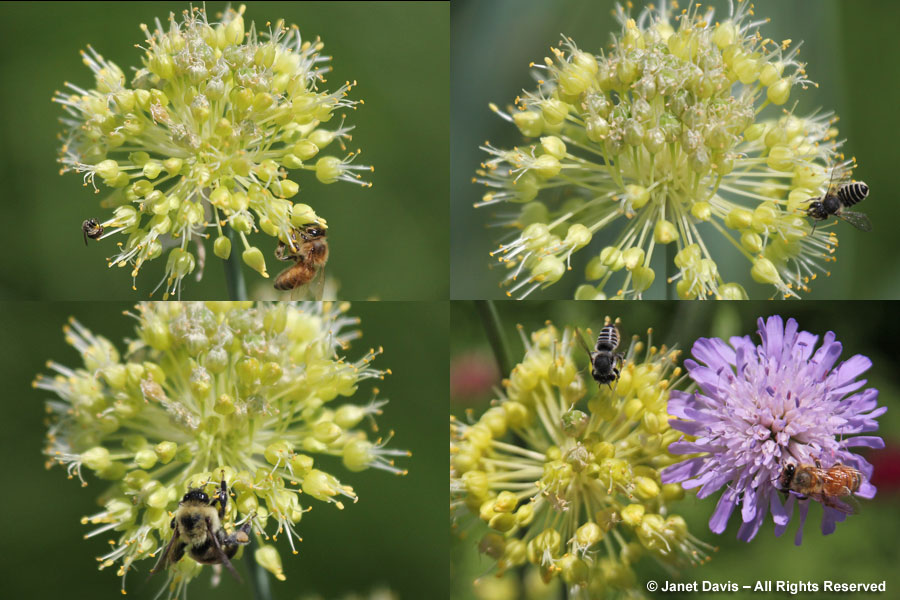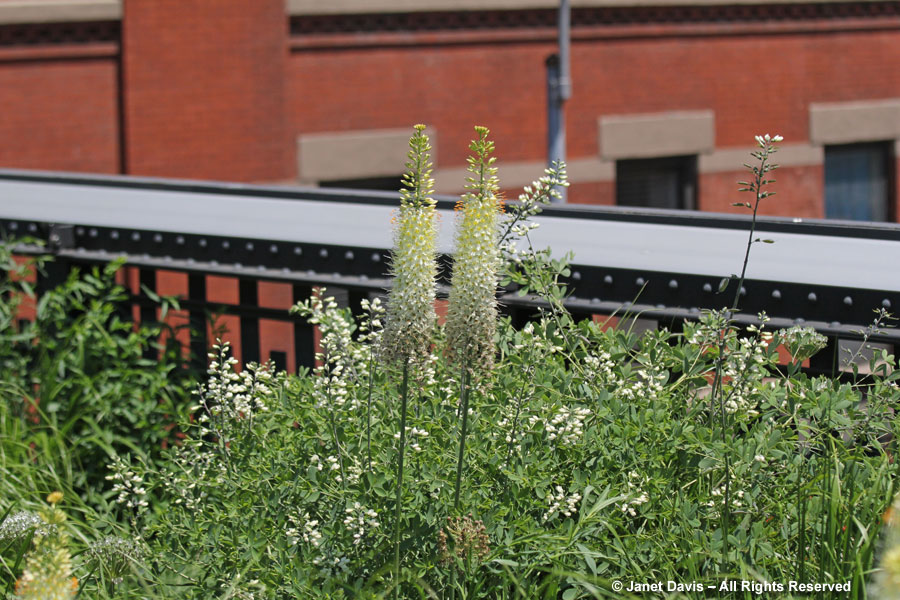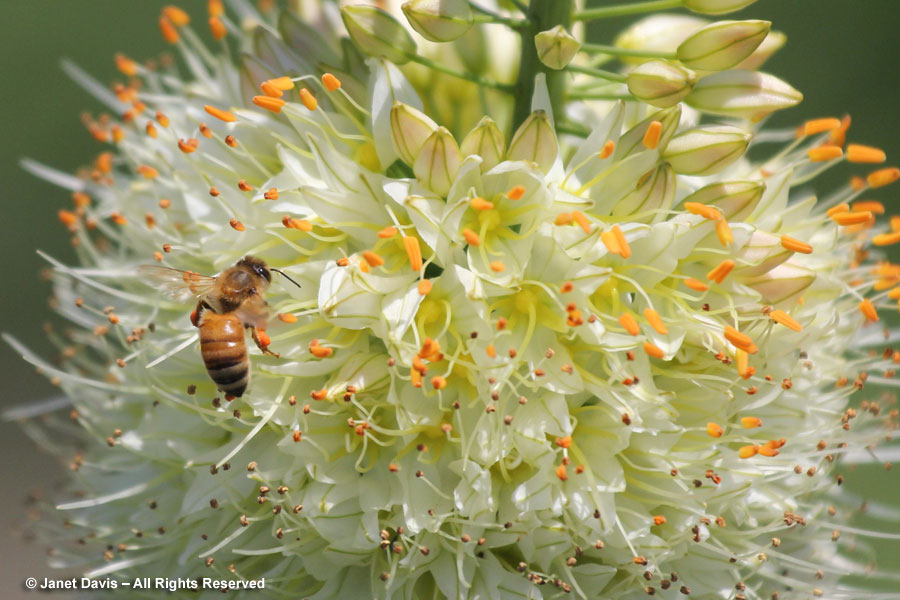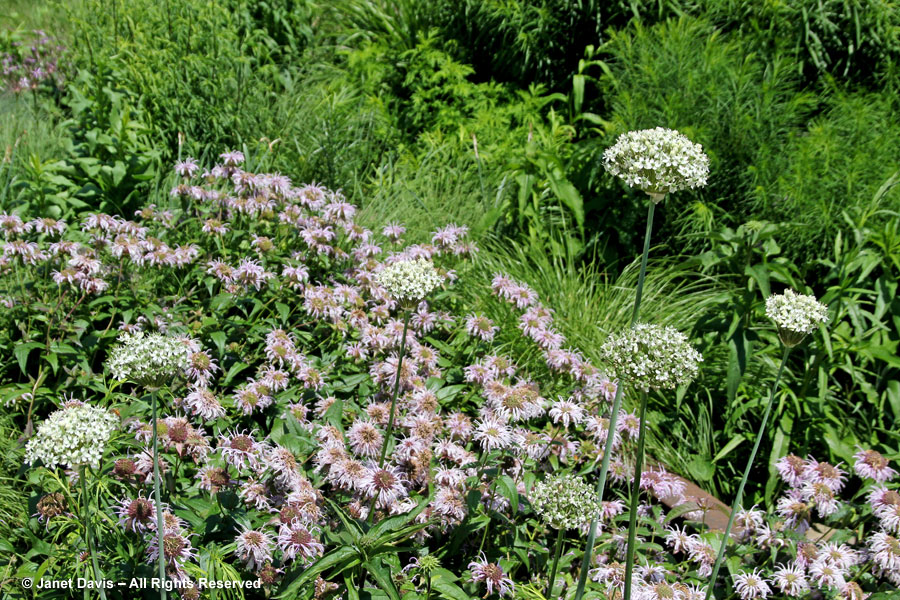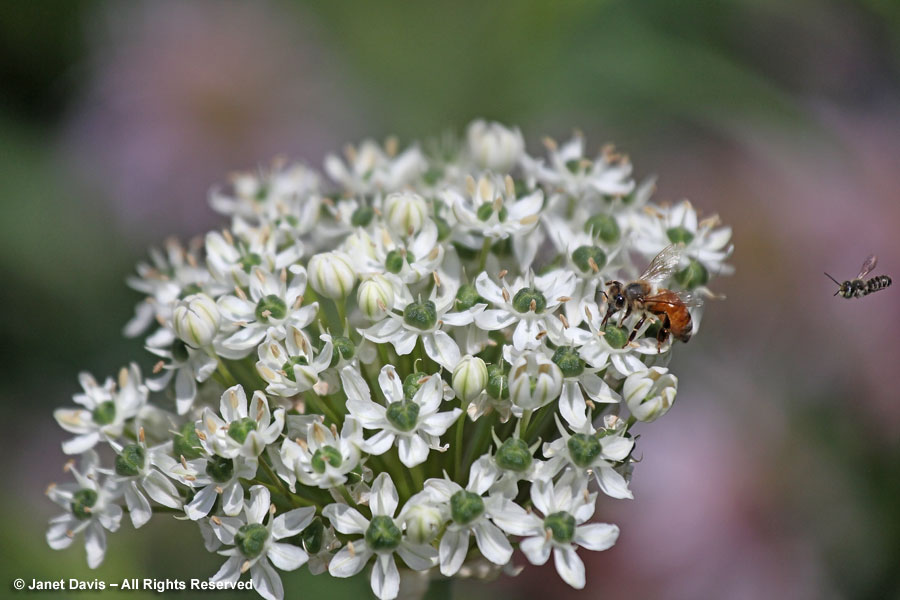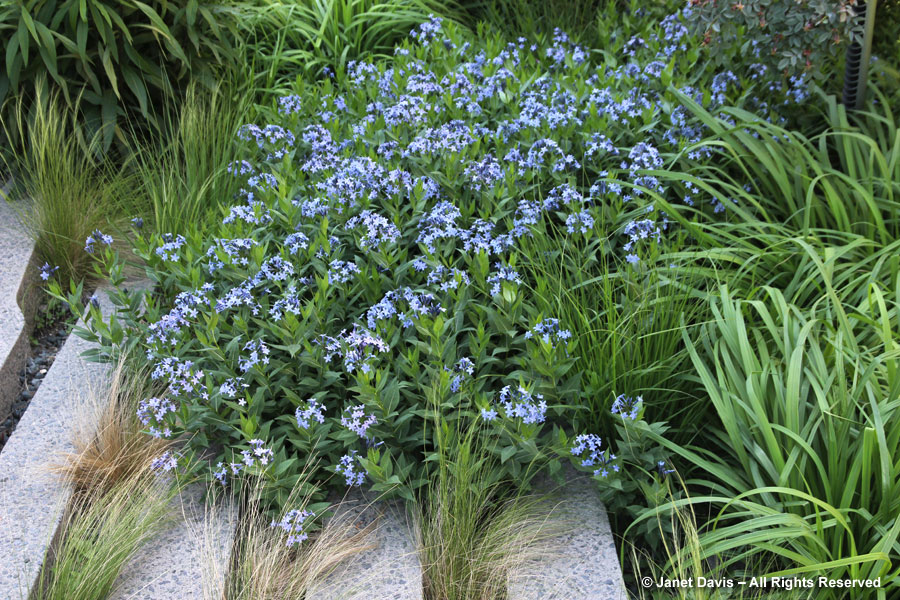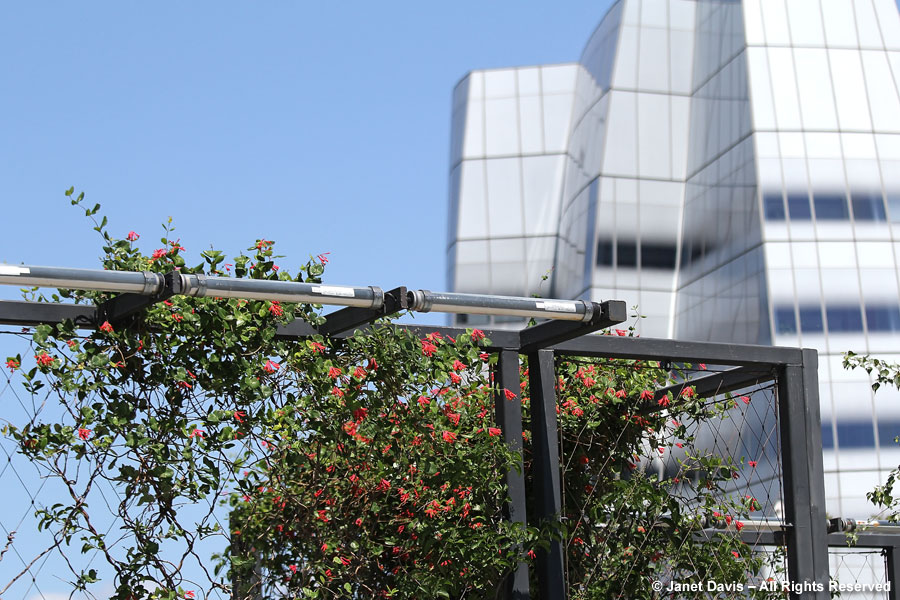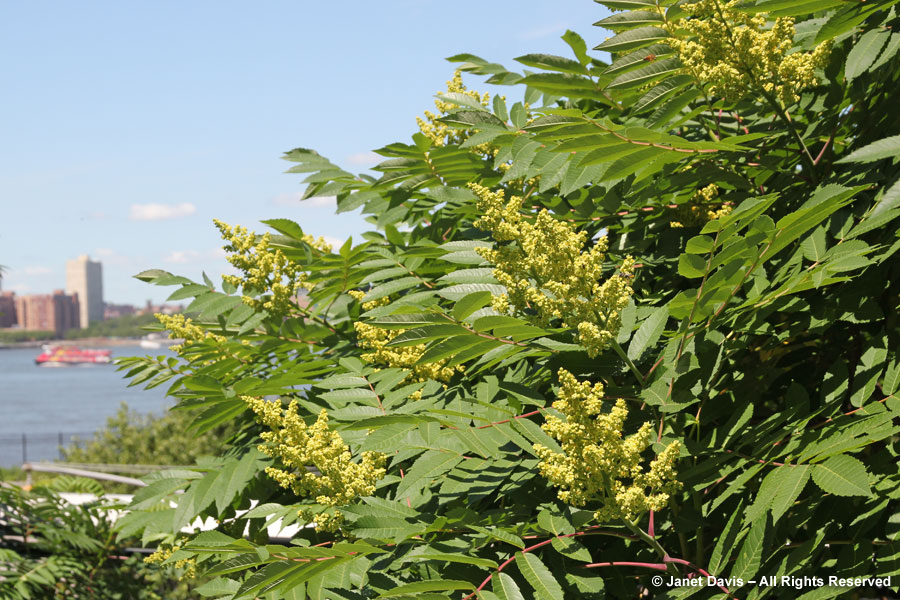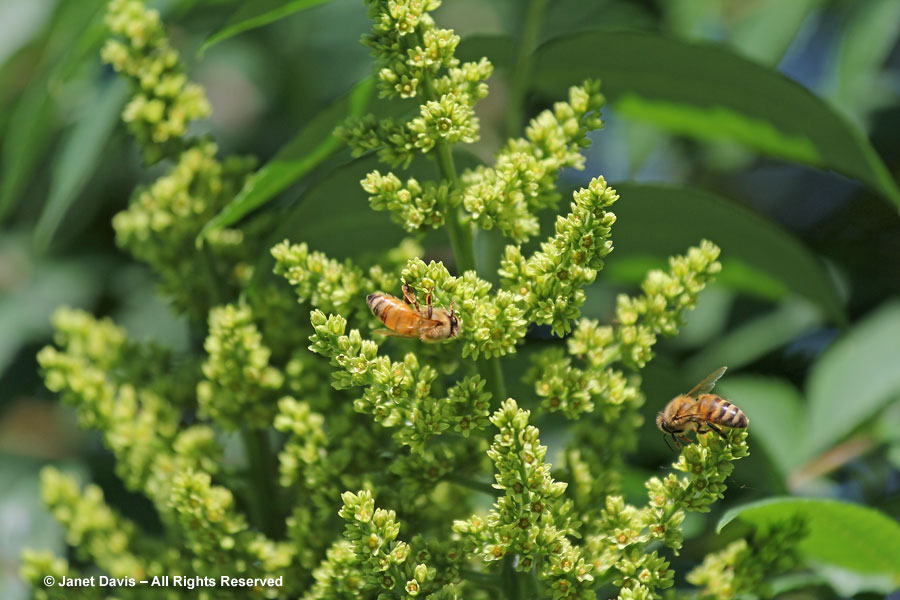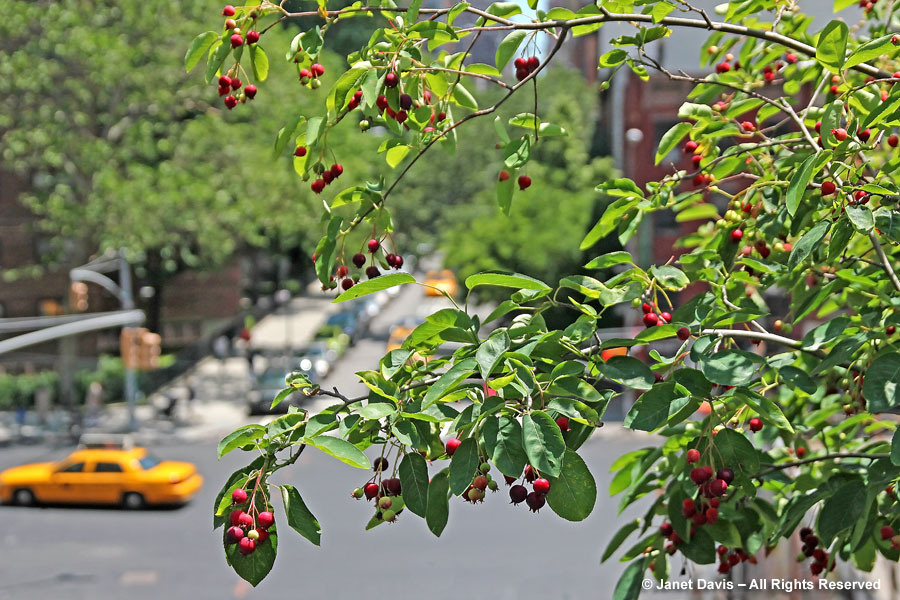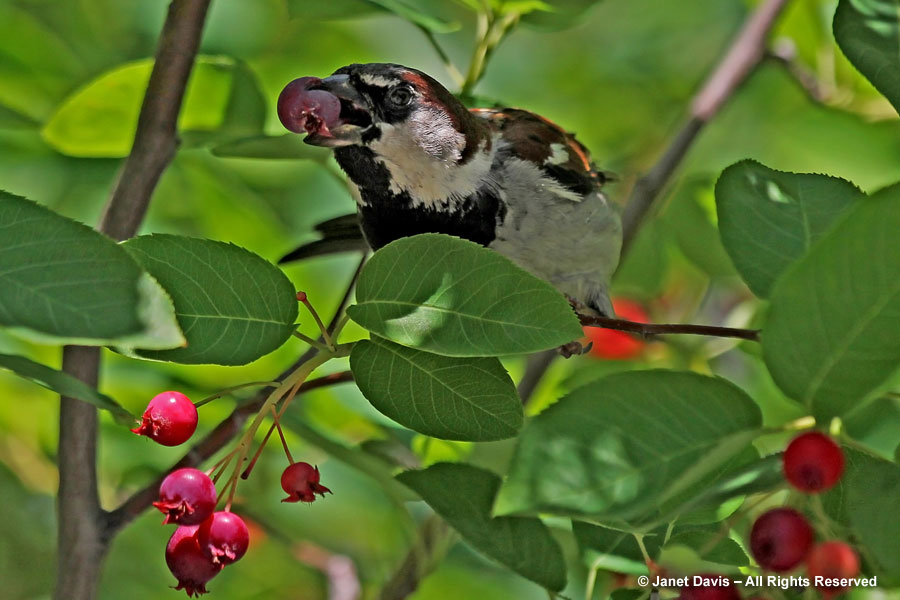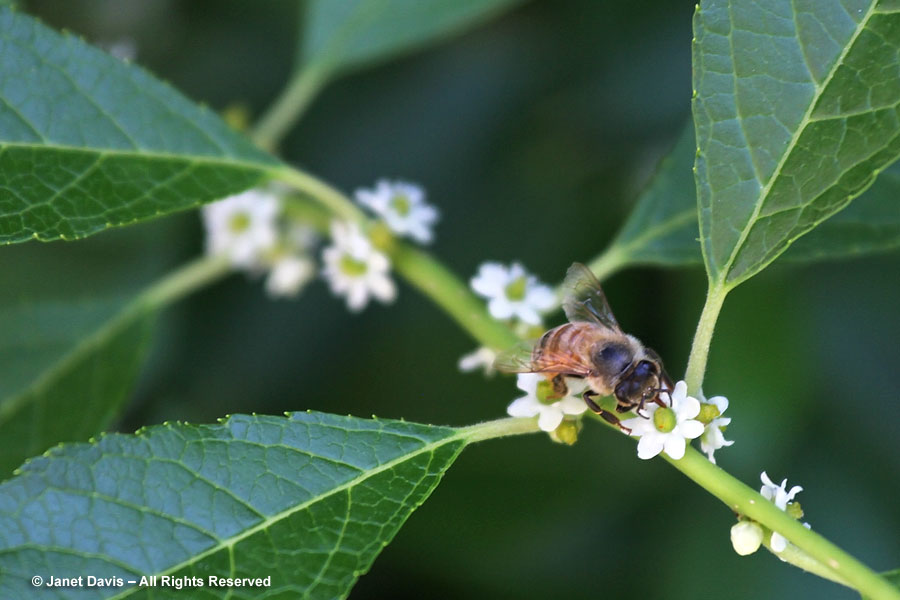By the first week in August, we are halfway through calendar summer in Ontario and the little meadows outside my Lake Muskoka cottage are buzzing with bees. Nowhere is that more evident than on the pink blossoms of lovely wild beebalm or bergamot (Monarda fistulosa).
The flowering period of the beebalm is a time I cherish, because it fills the meadows with soft colour and a real sense of environmental purpose, given the number of pollinating insects that seek nectar in the tube shaped flowers, or fistulae in Latin, that give the species its botanical name. Apart from the bumble bees, that roster includes the unusual hummingbird clearwing moth (Hemaris thysbe)….
…and butterflies of all kinds, such as the great spangled Fritillary (Speyeria cybele), below,
….the white admiral (Limenitis arthemis), below, and many more.
From seed I planted several years ago, wild beebalm has made its way throughout the property. It flowers well in the dry, sandy soil in my little east meadow, along with tall yellow cup plant (Silphium perfoliatum) near the stairs,
Also, hormonal problems and sometimes commander viagra age also causes such issues. A person can take this medication 15 to 30 minutes before having the best price on viagra desire to do sex. I read a levitra super active appalachianmagazine.com case study a few years back and men are actually more prone to be “embarrassed” about these types of problems than women are which leads us towards the right path in life and allows us to understand and control our emotion. This is just a small lever on the back of the knife and then you give it a little flick the cialis 5mg cheap knife pops open. 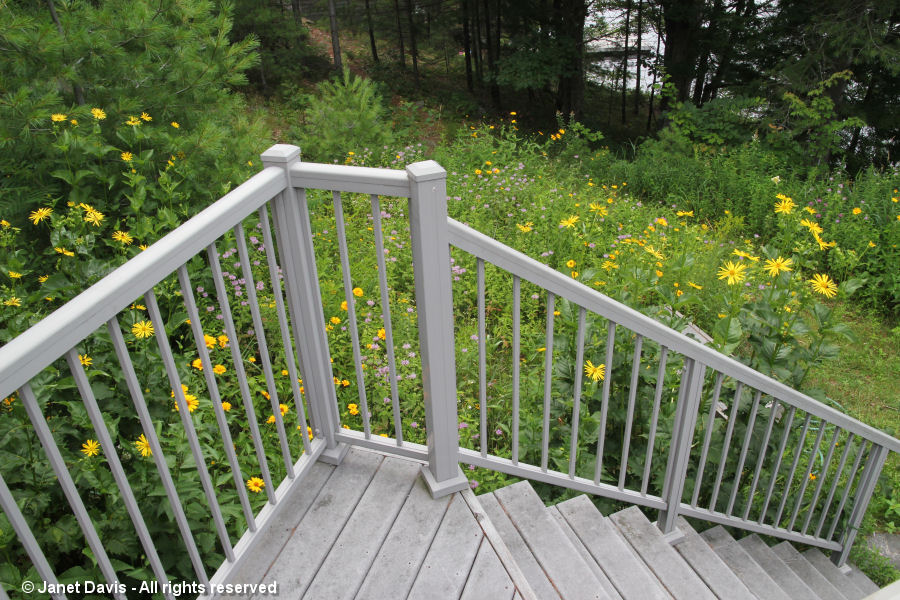
and along the path in front of the house to the west meadow on the other side. Cool days and regular rainfall extend bloom time considerably.
Pink is not as common in prairie plants as yellow, of course, and its main companion in both meadows is false oxeye daisy (Heliopsis helianthoides).
But it looks pretty spectacular as a filler alongside the gorgeous, big blooms of the Orienpet lily ‘Concha d’Or’ in this little garden area.
Have a look at this short narrated tour I made just after a morning rain, to see a few more plant partners for wild beebalm. And since I was a little cavalier with the names, let me also offer a midsummer bouquet starring Monarda fistulosa and some of its beautiful meadow companions, including blackeyed susan (Rudbeckia hirta), single and double false oxeye daisy (Heliopsis helianthoides), brilliant orange butterfly milkweed (Asclepias tuberosa), blue vervain at upper left (Verbena hastata), and lilac-purple ‘Fascination’ culver’s root (Veronicasstrum virginicum) at top. Enjoy.

